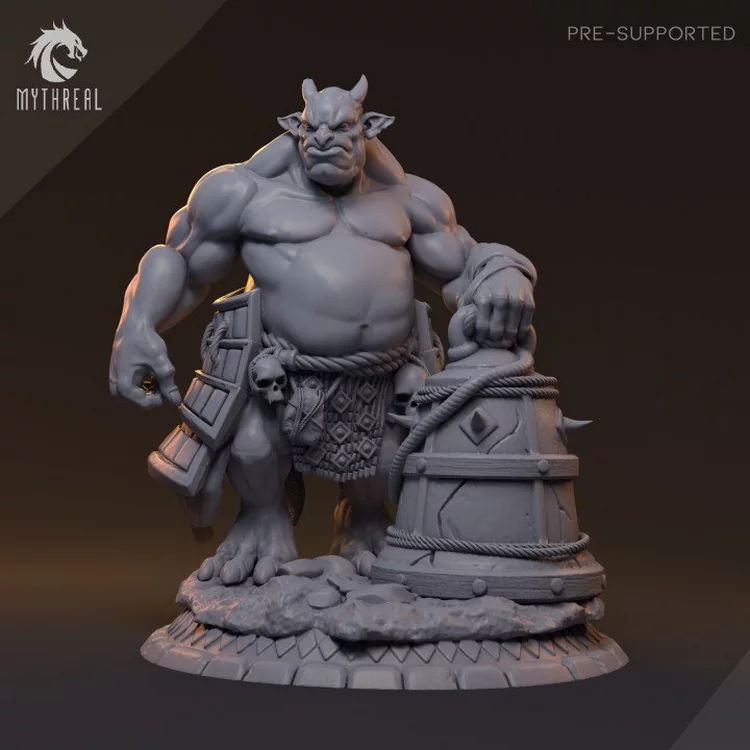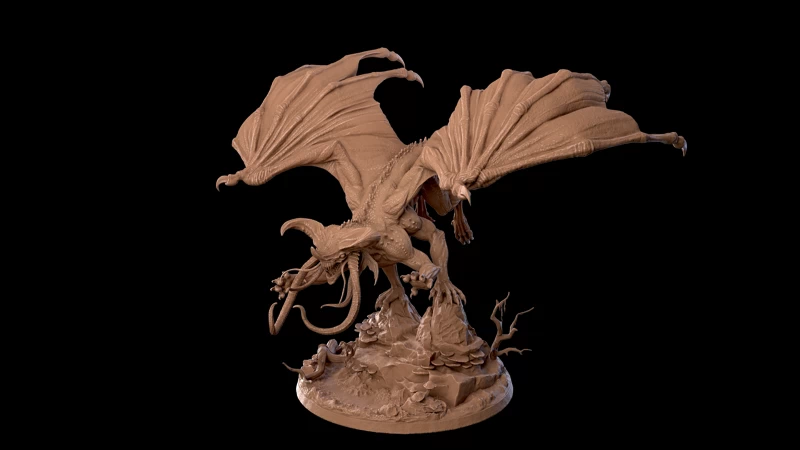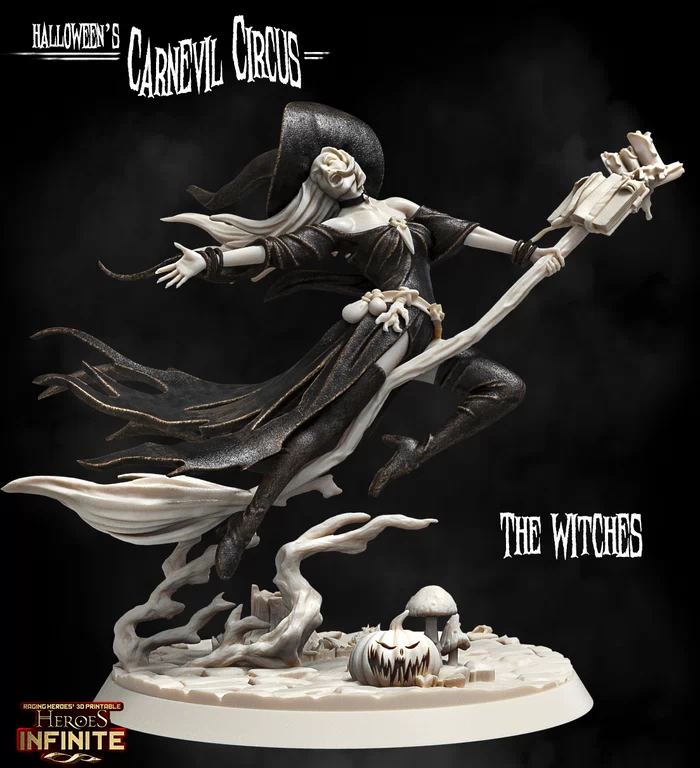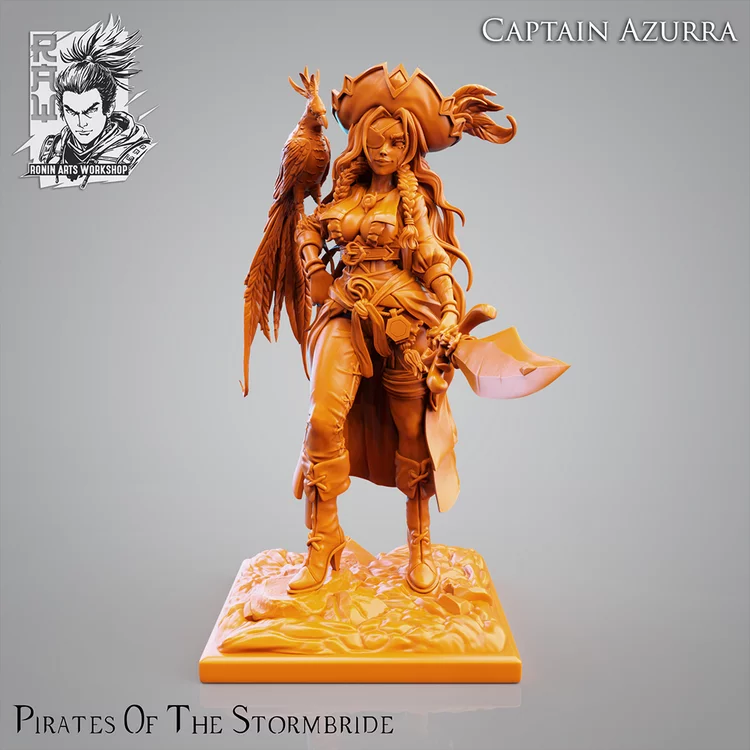
Boogeyman – 3D print model STL
3D Print File Format: STL
The “Boogeyman” (also spelled “Bogeyman” or “Bogieman”) is a legendary and fictional creature often used to frighten children. The concept of the Boogeyman varies across cultures, but it generally refers to a mysterious and malevolent figure used to warn or scare children into behaving or following rules.
Key characteristics of the Boogeyman include:
1. **Appearance:** The Boogeyman’s appearance is often left vague or undefined, which contributes to the fear associated with the concept. It might be portrayed as a shadowy figure, a monster, or even a shapeless presence.
2. **Role:** The Boogeyman is often used as a cautionary tale to encourage children to behave, obey their parents, or go to bed on time. Parents or caregivers might say, “If you don’t behave, the Boogeyman will get you.”
3. **Fear Factor:** The Boogeyman exploits common childhood fears of the dark, the unknown, and things that go bump in the night. The idea is that misbehaving or not following rules could lead to encounters with this frightening figure.
4. **Cultural Variations:** Different cultures have their own versions of the Boogeyman. It might go by different names and have varying attributes, but the core concept of a scary figure that threatens misbehaving children is a common theme.
5. **Symbolism:** Beyond its literal use to warn children, the Boogeyman can also symbolize broader societal or psychological fears. It represents the unknown, the uncontrollable, and the consequences of one’s actions.
6. **Media and Pop Culture:** The Boogeyman has been a recurring theme in literature, folklore, movies, TV shows, and other forms of media. It often serves as a source of horror and suspense.
Examples of the Boogeyman in pop culture include the character of the “Boogeyman” in the Nightmare on Elm Street movie series, as well as the Boogeyman mentioned in various children’s stories and urban legends.
Overall, the Boogeyman represents a universal fear of the unknown and the consequences of misbehavior. It has evolved over time to become a cautionary figure that continues to play a role in both childhood imagination and storytelling.








